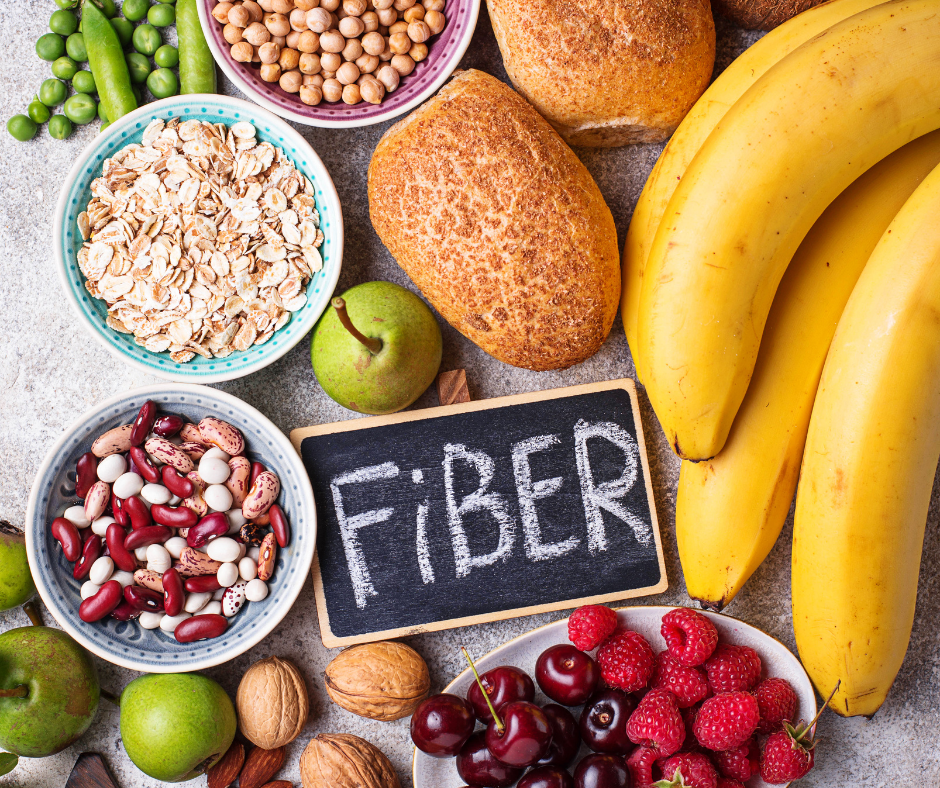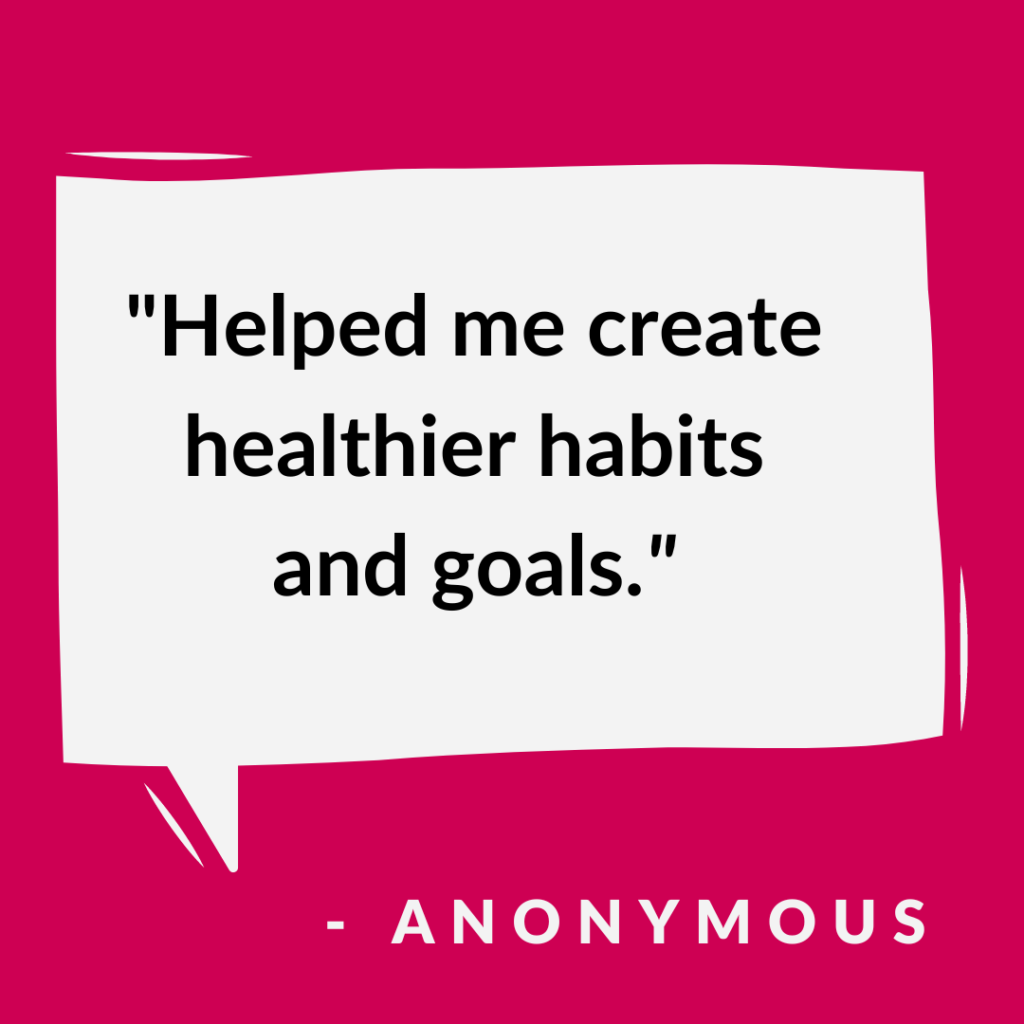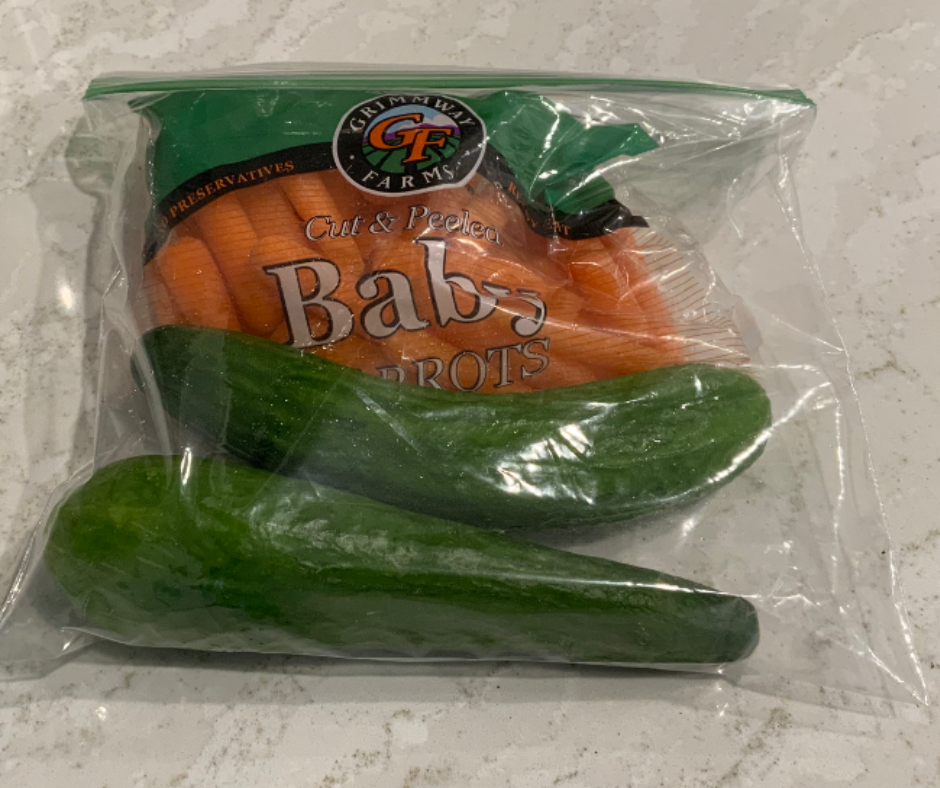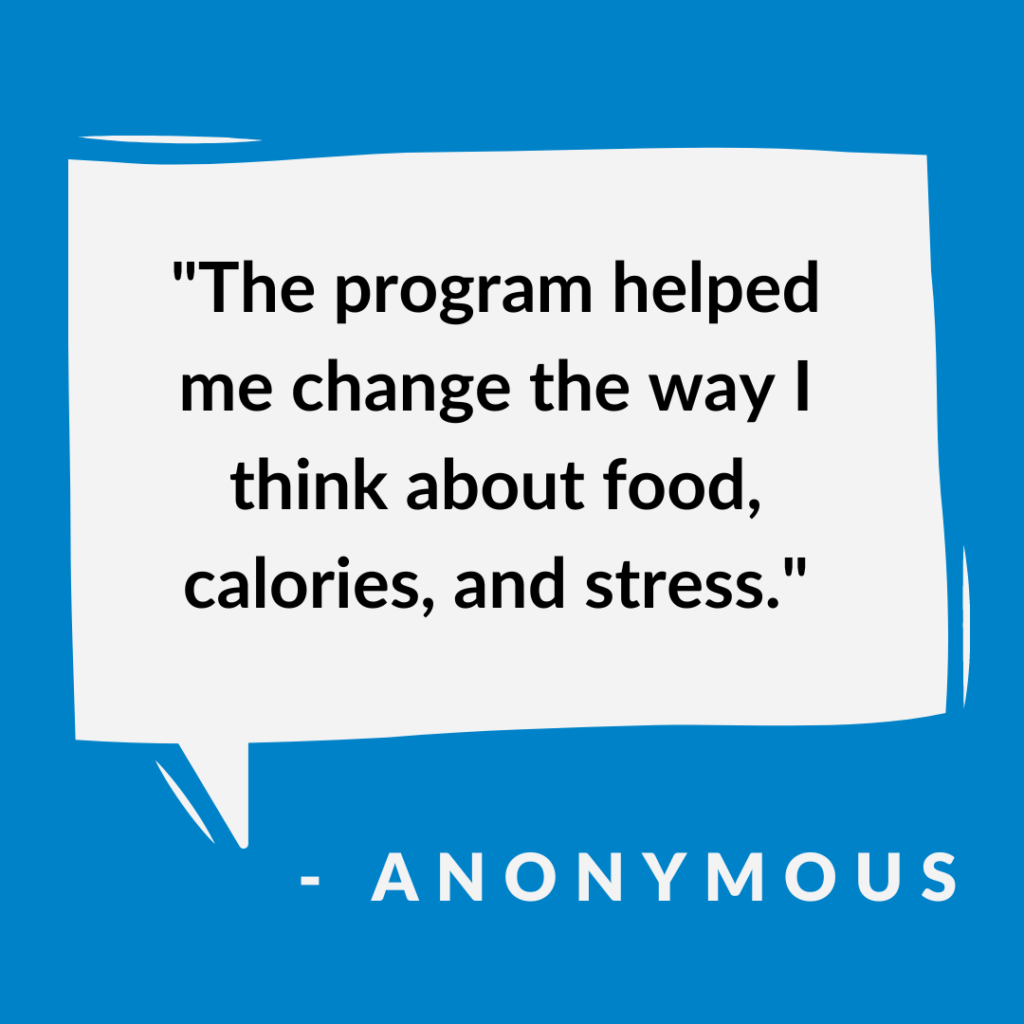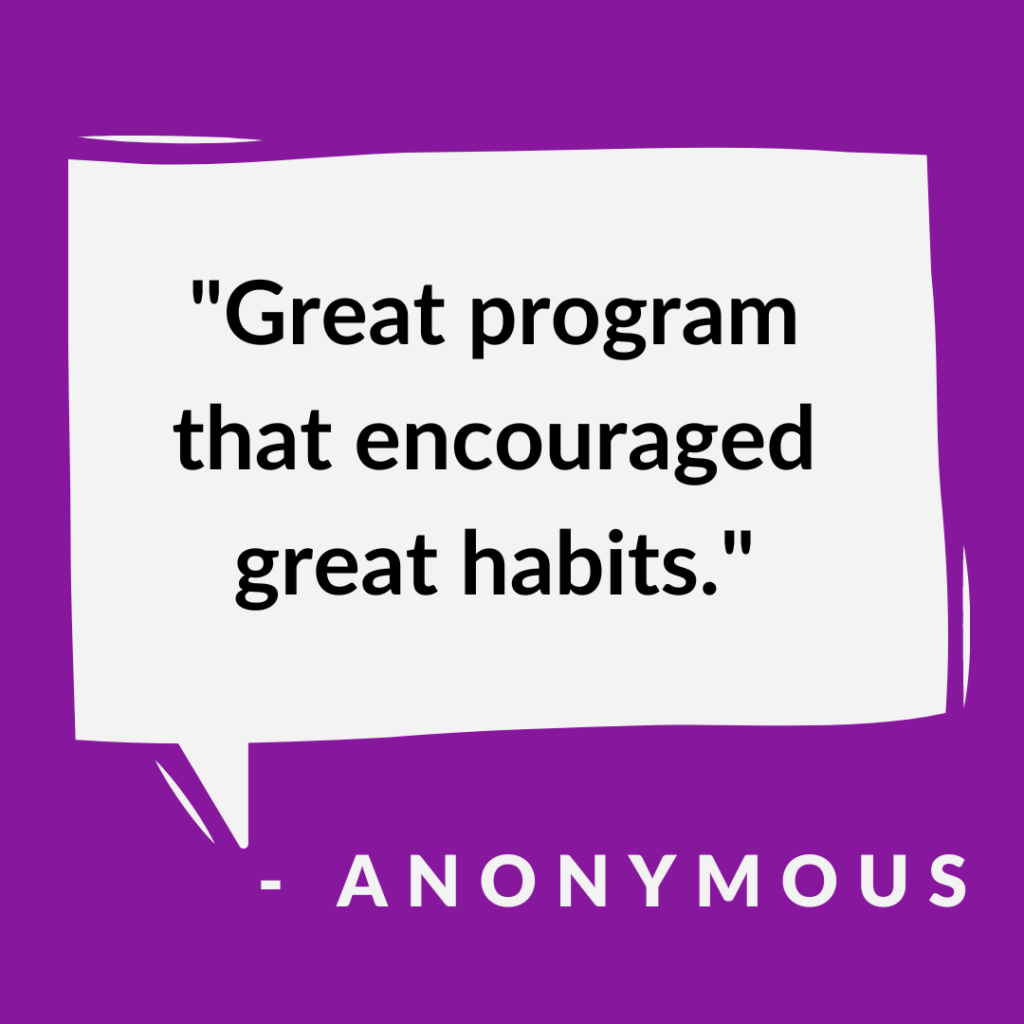
For the sixth consecutive year, the Eat Smart, Move More, Prevent Diabetes program has been offered to residents of the Carolina Preserve community in Cary, NC. From March 2023 until March 2024, 10 participants completed the program losing a combined total of more than 117 pounds! Many also lowered their A1c and overall decreased their risk of developing type 2 diabetes.
The program focuses on small step changes to eat healthfully, move more, and manage stress and sleep to help participants achieve a modest amount of weight loss ~5-7% and 150 minutes of weekly, moderate intensity physical activity, such as brisk walking.
This is truly a highlight of my work to deliver this program to willing and eager participants who are motivated to incorporate these strategies into their lives each day in order to feel better and improve their health! They inspire me each and every day!
Amy Hariton completed the program and shared,
“I participated in the year-long Eat Smart, Move More, Prevent Diabetes program. My motivation for joining was to lose weight, feel better and lower my A1c a bit. Our six-month goal was to shed 5% of our body weight. At the end of the first year, I had lost over 10% of my body weight. I was thrilled.
I have always been an exerciser and a healthful eater. No fried foods, no sugary drinks and no beef or fatty meats for me. The daily “Mindful Eating Journal” is a huge aid. After each meal, I input my foods, my two daily snacks and all of my exercise minutes. I try to take at least one exercise class per day and sometimes two classes.
The instructor focuses on one topic per meeting: e.g., sugars in drinks, added sugars in foods, portion control, mindful eating and forms of exercise. Cutting down on food eaten in restaurants helps me a tremendous amount. My husband and I usually share an entrée or I will bring half of my food home. We don’t need the bread basket. I just returned from a week at Camp Cheerio in the NC mountains where the food was heavier than my usual cooking. I focused on the salads, vegetables and avoided all the desserts. I maintained my goal weight.
The classes are invaluable because we share stories, tips and help to motivate each other. I have recommended five or six friends to the program. I check my weight almost daily and try not to go more than 2 pounds over my goal weight.
By being flexible and focused with foods, drinks, parties and exercise I not only feel better but also look slimmer. It’s a Win-win.”
The Eat Smart, Move More, Prevent Diabetes program is being offered for only $30 with a full refund for completing the program through funding that NC State University received from BCBS of North Carolina in 2019. This 5-year funding will come to a close later this year with the final classes starting in the summer of 2024.
Don’t miss another great blog: Subscribe Now

